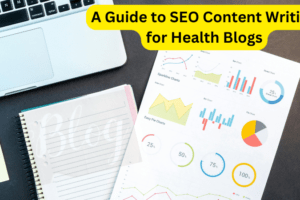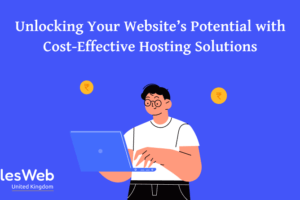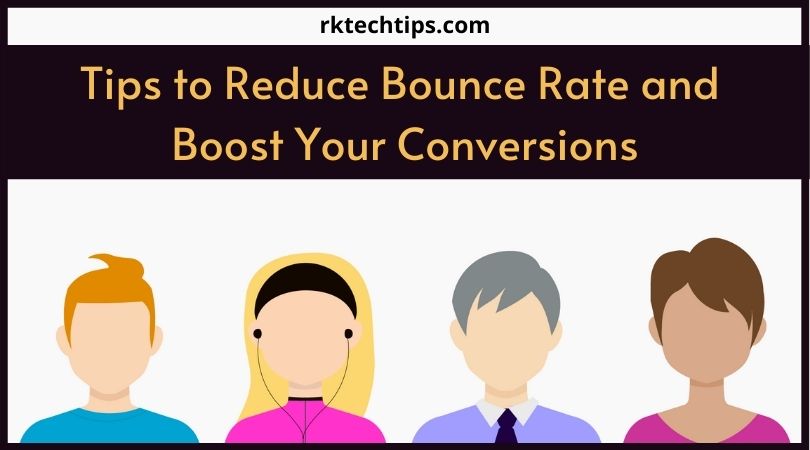With so much content out there, content marketing is essentially a struggle for people’s attention and your audience’s engagement.
The content you produce has not only to be interesting enough so that users will linger on your pages, but it also has to move them to act to attain the goods or services you are offering.
So how do you reduce bounce rate and boost your conversions in one fell swoop? We have compiled some tips to help you get there.
Developing the right marketing strategy can often seem like quite a tall order. However, once you get on the right track, you will see incredible results.
There is value in looking at these two in the same breath. Namely, a high bounce rate makes it impossible to make any conversions, let alone increase the numbers.
If your site visitors leave quickly and without checking everything you have to offer, how can you expect to convert them into customers or subscribers?
The bounce rate (reduce bounce rate)
Let’s get a few basic terms out of the way. The bounce rate is the rate at which the visitors to your website leave the page without venturing further or answering your call-to-action.
Leaving your website in a number of different ways is, in some sense, typical user behavior. However, if your bounce rate is too high, this can act as an alert that your webpage as it is currently is not effective.
Consulting with Digital Dot or other web design professionals could help you improve your bounce rate numbers. They will revise your website, detect any issues, and offer strategies to get rid of them.
In general, a 50-70 percent bounce rate is average, while everything below, especially within the 30-50 range, is excellent.
Anything above 80 percent signifies a severe problem. However, these numbers do not refer to all industries, so bear in mind that there could be slight differences.
Some of the reasons for the poor bounce rate could be:
- slow loading
- poor navigation
- poor design
- bad usability
- lack of a clear call-to-action, etc.
- Improve readability
1. Improve readability
Many of the tips to reduce bounce rate and boost your conversions in doing so will have to do with design in one way or another.
Ensuring your content is readable and not visually jarring is the first step towards ensuring that visitors to your web page do not click ‘x’ as soon as they get there.
You should try to avoid large chunks of text, especially grouping them together. If there is a lot of text content on the page, make sure it is easy to read and separated using headings and subheadings.
On the design side, make sure you use the font and the colors that make the content easy to take in as well. Images with short and to-the-point messages are perhaps more effective if your content and messaging will lend itself to this format.
2. Avoid pop-ups
Pop-ups might seem like a good idea, but the word is they can get pretty annoying as they mostly disrupt the user experience.
Things are even worse if your pop-ups use aggressive language. This is unfortunate as they have actually proven to be quite useful.
If you do not decide to avoid them altogether, put a bit of effort into their design, messaging, and placement. Make them somewhat unobtrusive and do not make it too difficult to close or dismiss them.
Putting up exit-intent pop-ups is a good idea as they let you do what you want without disrupting the user experience.
3. Working on your call-to-action
To reduce bounce rate and boost your conversions, experts say all pages on your website should contain a clear and easily noticeable call-to-action.
An ideal CTA would find its place ‘above the fold,’ stand out from the rest of the content (try using different colors or bold text), be relevant to what is on the page, and the logical next step, clear, and commanding.
4. Targeting the right audience
One of the reasons why your bounce rate might be high is targeting the wrong audience. Getting a lot of traffic means nothing
if those users are not the ones that are likely to be interested in what you are offering. No matter how striking your content is, you won’t be likely to get any engagement or conversions.
To get high-quality traffic, you must use high-quality keywords when optimizing your content. Find the keywords your potential customers would use to search for what you offer and double down on those.
The most profitable keywords will also drive your content creation. They will make it more pertinent to your target audience’s needs, making them more likely to stick around, build trust, and convert.
5. Going mobile
As of 2020, 3.5 billion people in the world use smartphones. They are more likely to search for something online using those than their computers.
This clearly highlights the need to make your website mobile-friendly. No amount of effort put into content and keywords will pay off if the user experience on mobile is poor.
If you notice a high bounce rate of mobile users, the chances are that this is the reason.
6. Boosting loading speed
As we already mentioned, websites that are slow to load are likely to have high bounce rates. Users expect any page to load in 2 seconds or less.
Taking too long to load can irreparably damage the user experience. Besides your visitors leaving in a huff, Google also ranks websites that load slowly much lower.
If you suspect this to be an issue, there are plenty of free tools you can use to determine your website’s loading speed.
7. Managing external links
One of the ways to reduce bounce rate and boost your conversions from visitors who stay is to ensure clicking on any external links will open a new tab.
The shortest route towards increasing conversions is looking at your website from the user’s perspective. The more their clicks get them away from where you want them to be, the more clicks
it will take them to come back. These are the clicks they are very unlikely to make. External links opening in new tabs make it easy to avoid this.
Read More:
- The Ultimate Guide To Keyword Research For SEO (2020)
- How To Reduce Spam Score Of Your Website To Boost SERP Ranking
- Top 8 Free SEO Tools That You Must Use To Improve Search Ranking In 2020















Nice article and useful information shared thanks.